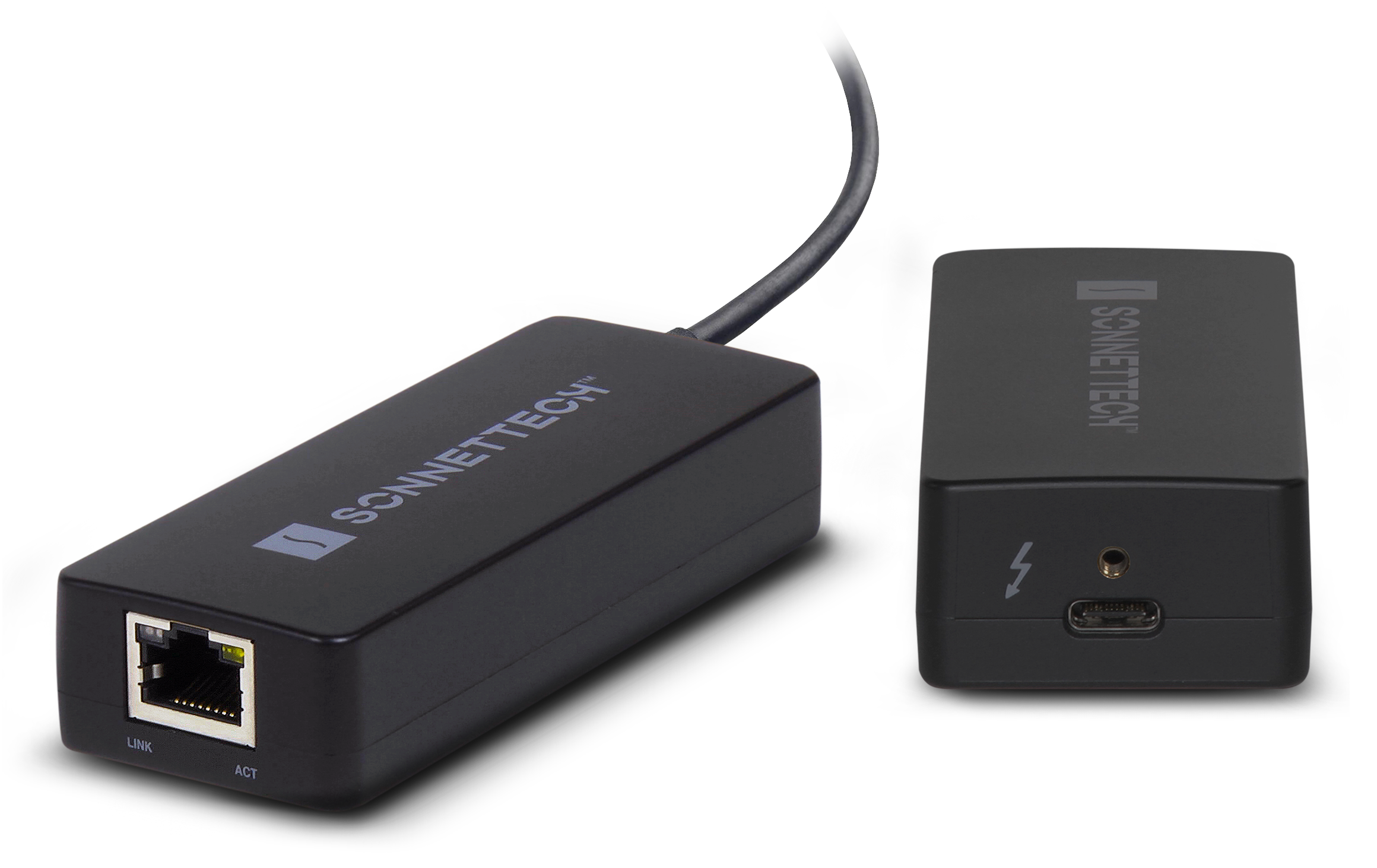RAVENNA Common issues and recommendations
- Network must be Layer 3 compliant and must be a Gigabit network.
- The maximum length of network cable is 100 meters - 328 ft for CAT5E or CAT6 cables.
If there is a requirement to extend connections beyond this 100 meter limit you may take advantage of copper to fiber converters, which further extend the reach to 650 meters with multi-mode fibers and even several kilometers with single-mode fibers.
Please refer to NET-TPL-MC210 on the Merging pricelist. - RAVENNA network should not be mixed with other network types, use a dedicated network for your RAVENNA streams.
- Network Switches for AES67/RAVENNA Multicast must be properly configured managed switches.
See Network considerations when using RAVENNA for more details. - Merging recommends that controller such as Tango or Eucon are set on a separate network and configured using a fixed IP Address .
- For better performances we recommend that under ANEMAN / Easy Connect you enable only the necessary connections, as every extra RAVENNA connection will use some bandwidth (Core or Network).
- Non-certified MassCore RAVENNA configurations might not capable of sustaining 384 I/O @ 1FS (44.1/48 kHz).
If you experience noise similar to static reduce the RAVENNA I/O count enabled in the ASIO / Merging Audio Device (Windows) or CoreAudio (Mac) panel.
Otherwise verify our recommended platforms and consult the Pyramix Installation Guide and the Merging Ravenna Network Guide. - Merging recommends that RAVENNA users to properly configure or disable their Windows Public Firewall, as it can partially block some of the RAVENNA I/O connections.
- Merging recommends that RAVENNA users to properly configure or disable their Anti-Virus, as it can partially block some of the RAVENNA I/O connections.
- RAVENNA users must disable their Windows UAC, as it can partially block some of the RAVENNA I/O connections and control panel access.
- Peaks might show up under Pyramix Core section if you power OFF or disconnect the Horus.
- Changing network address or disconnecting Ethernet ports on your system will stop the RAVENNA network.
- Don’t connect a 100MB Ethernet device if the switch is not multicast; otherwise the flow control will reduce drastically the bandwidth.
- Horus and Hapi have no DHCP-server capability neither does the Merging PCIe Ethernet Controller Card NET-MSC-GBEX1.
By default the Horus/Hapi IP setting is set to “Auto” configuration mode which gives an address in the range 169.254.xxx.xxx if no DHCP server is present on the network. Users are free to put a DHCP server in their RAVENNA network with a customized address range and the Horus would get an IP address from this server. Note that our recommended Dell PowerConnect 2816 RAVENNA switch is configured with DHCP disabled.
Merging recommend the Horus/Hapi to be configured in “Auto” mode and the Merging PCIe Ethernet Controller Card NET-MSC-GBEX1 to also be configured with “Internet Protocol Version 4” with “Obtain an IP automatically”. You must be aware that when the Horus/Hapi are started in Maintenance mode the IP configuration is exclusively done using “Auto” IP settings mode. - (Pyramix 8 and 9) When configuring the VS3 Control Panel it will not be possible to choose a mode where both Mykerinos and RAVENNA will function at the same time. User must either work in MassCore Mykerinos or MassCore/RAVENNA or Native.
Network card recommendations
Even though the Merging AES67 RAVENNA ASIO driver can function on any Gigabit Ethernet Adapter, including the onboard one, it is advisable to utilize a dedicated card. Merging suggests employing Intel Gigabit network adapters for optimal performance.
In the Windows Control Panel > Device Manager, locate the network adapters, select your card, and access its Properties. It's crucial to disable any power management features, such as Green Ethernet, Energy efficient Ethernet, Ultra Low Power mode, or System Idle Power Saver. These options are typically found in a Power Management tab, but their location may vary based on the NIC manufacturer and model.
Disable "Reduce link Speed during standby" (especially when using a switch on the RAVENNA network) or "Reduce Speed on Power Down" to "Disabled". "Wake on LAN" should also be disabled for dedicated RAVENNA network cards, although it's not mandatory.
Some additional notes:
- Jumbo packet is not supported.
- Interrupt Moderation can sometimes help reduce sink jitter when disabled (default is enabled).
- Receive Side Scaling must be enabled with the default value.
- Receive Side Scaling Queues should be set to 1 (default value), as having 2 queues can result in very poor performance.
- Performance options should generally be left at default values, including Adaptive Inter-Frame Spacing Disabled, Flow Control set to RX & TX, Interrupt Moderation rate set to Adaptive (which will have no effect if Interrupt Moderation is disabled), Receive Buffers at 256, and Transmit Buffers at 512.
For Realtek 2.5 GbE Controllers, the default Receive Buffers value is often set to 512 by default. Please adjust it to 256 (Transmit Buffers should remain at 512).
When upgrading from Windows 10 to Windows 11, certain settings may become inaccessible, such as the crucial "RSS Queues." In such cases, open the "Devices Manager," right-click your network adapter, go to Driver, and choose Downgrade Driver. This should grant access to the hidden settings.
For Mac users, it's recommended to use a network adapter ideally recommended by Merging, such as the Sonnet Thunderbolt AVB Adapter.
